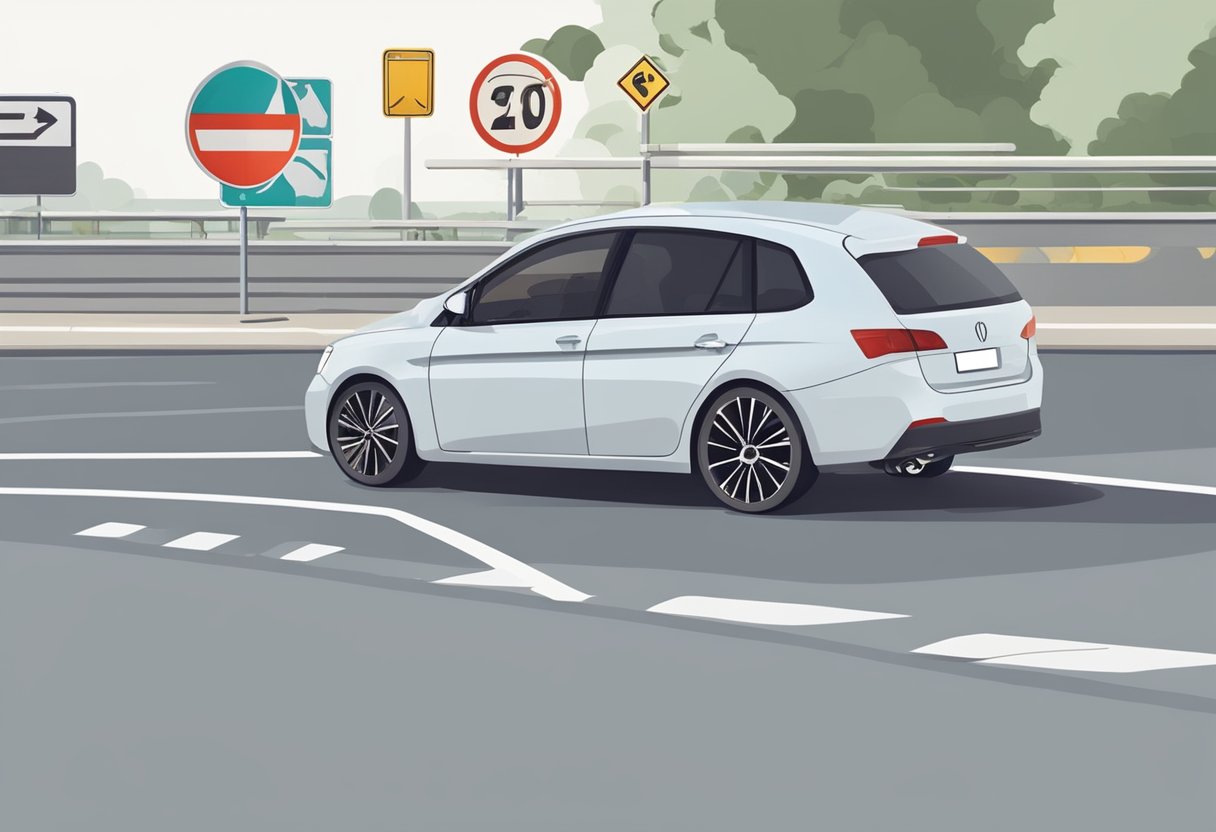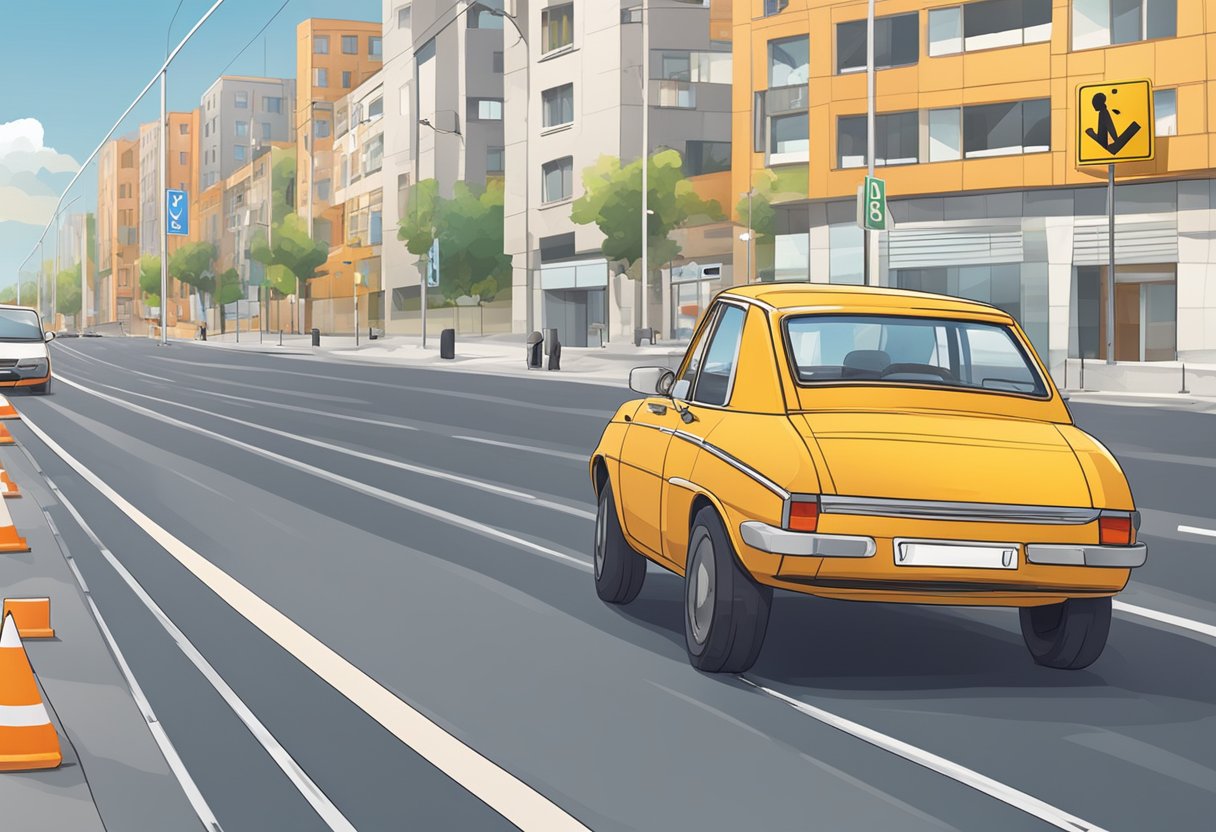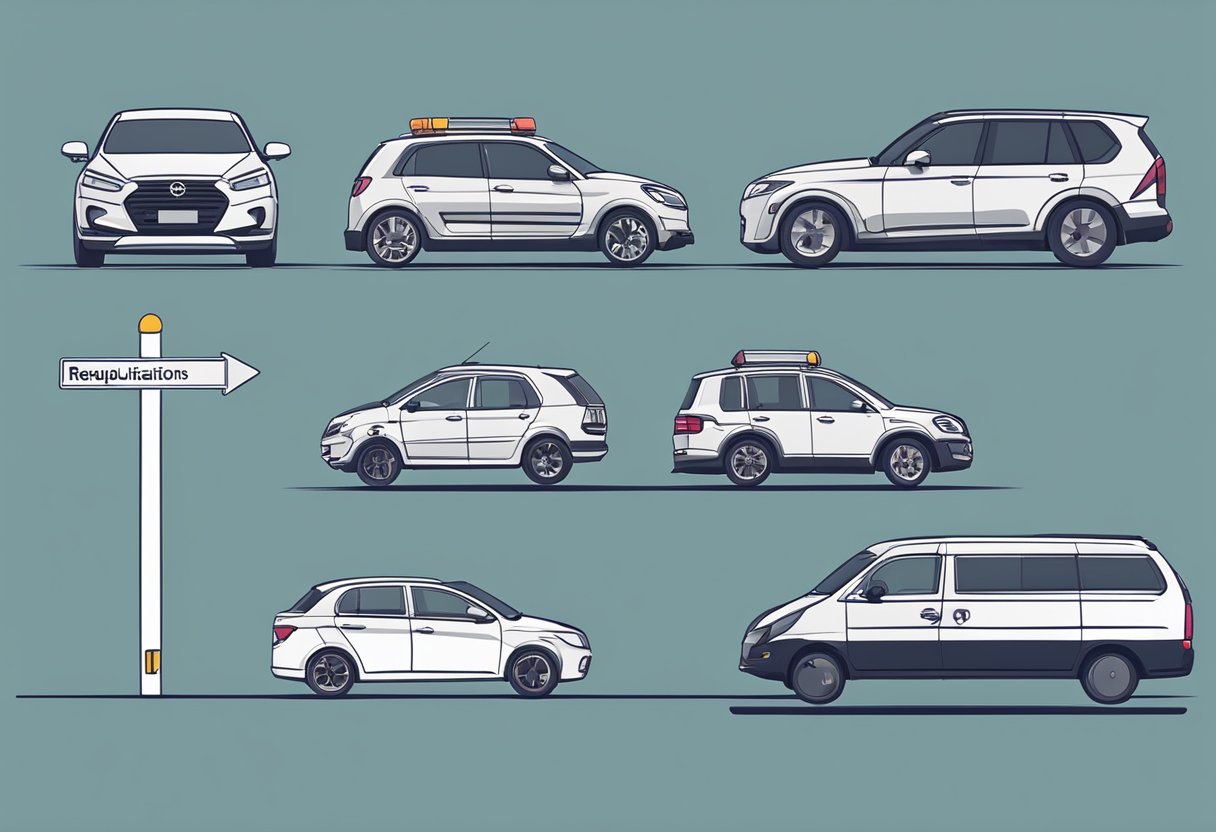If you’ve ever traveled to a foreign country, you may have noticed that some cars have their steering wheel on the right-hand side instead of the left.
This is because these countries drive on the left side of the road, and their cars are designed to accommodate this unique driving style.
In this article, we’ll explain the concept of right-hand drive systems and explore the countries and regulations that use them.
Driving on the left side of the road is a practice that dates back to ancient Rome, but it wasn’t until the 18th century that it became more widespread.
Today, there are over 75 countries that drive on the left, including the United Kingdom, Japan, and Australia.
In these countries, the driver sits on the right-hand side of the car, and the gear shift and other controls are located on the left-hand side of the vehicle.
While right-hand drive systems may seem unusual to those who are accustomed to driving on the right, they are an essential part of these countries’ transportation infrastructure.
Understanding the regulations and requirements for driving in these countries is crucial for anyone planning to travel or relocate to a left-hand drive destination.
In the following sections, we’ll take a closer look at the countries and regulations that use right-hand drive systems and explore the history and evolution of this unique driving style.
Overview of Right-Hand Drive Systems
If you have ever driven or ridden in a car with the steering wheel on the right side, you have experienced a right-hand drive (RHD) system.
RHD systems are used in countries where traffic flows on the left side of the road, and the driver sits on the right side of the car.
RHD systems are primarily used in countries that were once British colonies, such as Australia, India, and South Africa, as well as in Japan and Thailand.
However, some European countries, such as Cyprus and Malta, also use RHD systems.
In addition to the steering wheel being on the opposite side, RHD vehicles also have their pedals in the same order as left-hand drive (LHD) vehicles.
This means that the brake pedal is on the left and the accelerator pedal is on the right.
However, the gear shift may be on the left side of the driver in RHD vehicles, which can take some getting used to.
It is important to note that if you are planning to drive in a country with an RHD system, you may need to obtain a special license or permit.
Some countries also have regulations regarding the import and use of RHD vehicles, so it is important to research these regulations before purchasing or importing a vehicle.
Countries with Right-Hand Drive Regulations
If you’re planning on driving in a country with right-hand drive regulations, it’s important to know which countries follow this rule.
Here are some of the countries that require right-hand drive vehicles:
United Kingdom and Commonwealth Nations
The United Kingdom, along with its Commonwealth nations, drive on the left-hand side of the road.
This includes countries such as Australia, New Zealand, India, and South Africa.
If you’re planning on driving in any of these countries, you’ll need to make sure your vehicle is right-hand drive.
Japan
Japan is another country that requires right-hand drive vehicles.
However, unlike the United Kingdom and its Commonwealth nations, Japan drives on the left-hand side of the road.
This means that if you’re planning on driving in Japan, you’ll need to make sure your vehicle is not only right-hand drive, but also meets the country’s strict regulations.
Other Notable Right-Hand Drive Countries
There are several other countries that require right-hand drive vehicles, including Thailand, Indonesia, and Malaysia.
Additionally, some countries may allow both left-hand and right-hand drive vehicles, but have specific regulations in place for each.
It’s important to research the specific regulations of the country you plan on driving in before arriving.
Overall, it’s important to be aware of right-hand drive regulations when traveling to certain countries.
By doing your research and ensuring your vehicle meets the necessary requirements, you can have a safe and enjoyable driving experience.
How Do Right-Hand Drive Systems Affect Hand Turn Signal Usage?
When driving with right-hand drive systems, hand turn signals safety driving becomes crucial. With the controls on the opposite side, drivers must adjust their hand positioning to activate the turn signal. This added movement can impact reaction time and overall safety on the road.
Legal Framework and Regulations
Vehicle Import Laws
When it comes to importing right-hand drive vehicles, it’s important to understand the legal framework and regulations in your country.
Many countries have strict laws and regulations surrounding the importation of vehicles, especially those that are right-hand drive.
For example, in the United States, the National Highway Traffic Safety Administration (NHTSA) has strict regulations for importing vehicles.
These regulations require that vehicles meet certain safety standards before they can be imported into the country.
Additionally, the Environmental Protection Agency (EPA) has regulations for emissions that must be met before a vehicle can be imported.
Conversion Requirements
In some countries, it may be necessary to convert a right-hand drive vehicle to a left-hand drive configuration in order to comply with local regulations.
This can be a costly and time-consuming process, and it’s important to understand the requirements before importing a vehicle.
For example, in Canada, right-hand drive vehicles can be imported and registered, but they must meet certain safety and emissions standards.
Additionally, some provinces require that the vehicle be converted to left-hand drive before it can be registered.
Traffic Legislation
It’s also important to understand the traffic legislation in your country when driving a right-hand drive vehicle.
In some countries, driving a right-hand drive vehicle may be prohibited or restricted in certain areas.
For example, in Japan, right-hand drive vehicles are allowed on the roads, but they are prohibited from driving in certain areas, such as the center of Tokyo.
Additionally, some countries may require that right-hand drive vehicles display a warning sign or have additional mirrors installed.
Overall, it’s important to do your research and understand the legal framework and regulations surrounding right-hand drive vehicles in your country before importing or driving one.
Manufacturing and Design of Right-Hand Drive Vehicles
When it comes to manufacturing and design, right-hand drive vehicles are not simply left-hand drive vehicles with the steering wheel moved to the other side.
Automakers must design and engineer the vehicles specifically for right-hand drive markets to ensure that they meet safety and regulatory standards.
Automaker Strategies
Automakers must decide whether to produce a single model for both left-hand and right-hand drive markets or to create separate models for each market.
Some automakers choose to produce separate models to ensure that the vehicle meets the specific needs and preferences of each market.
For example, a vehicle designed for a left-hand drive market may have controls and features that are not as accessible or convenient for a right-hand drive market.
Other automakers choose to produce a single model for both left-hand and right-hand drive markets.
This strategy can reduce costs and simplify production, but it may also result in compromises in design and features.
Model Availability
The availability of right-hand drive models varies by country and automaker.
Some automakers offer a wide range of right-hand drive models in certain markets, while others may only offer a limited selection or none at all.
For example, in Japan, all vehicles are right-hand drive, and automakers offer a wide range of models designed specifically for the Japanese market.
In contrast, in the United States, right-hand drive models are relatively rare, and they are typically only available for special purposes such as postal delivery.
Overall, the manufacturing and design of right-hand drive vehicles require careful consideration and planning to ensure that the vehicles meet safety and regulatory standards and meet the specific needs and preferences of each market.
Impact on Trade and Global Markets
Export Challenges
For countries that manufacture right-hand drive vehicles, exporting to left-hand drive countries can be a challenge.
This is because some countries have regulations that require vehicles to be left-hand drive, which can limit the export market for right-hand drive vehicles.
For example, the European Union has a regulation that all vehicles sold in the EU must be left-hand drive.
This can make it difficult for countries such as Japan, which predominantly produce right-hand drive vehicles, to export to the EU.
In addition to regulatory challenges, there may also be cultural barriers to exporting right-hand drive vehicles.
Some countries may simply prefer left-hand drive vehicles, which can limit the demand for right-hand drive vehicles in those markets.
This can make it difficult for manufacturers to justify the cost of producing right-hand drive vehicles for export.
Import Demand
On the other hand, for countries that predominantly use left-hand drive vehicles, importing right-hand drive vehicles can be a challenge.
This is because there may be regulations that require vehicles to be left-hand drive for safety reasons.
For example, in the United States, all vehicles must be left-hand drive to comply with safety regulations.
However, there are some countries where right-hand drive vehicles are in high demand.
For example, in countries such as Australia, New Zealand, and the United Kingdom, right-hand drive vehicles are the norm.
This can create export opportunities for countries that produce right-hand drive vehicles.
Overall, the impact of right-hand drive systems on trade and global markets can be complex.
While there are certainly challenges to exporting and importing right-hand drive vehicles, there are also opportunities for manufacturers to tap into markets where right-hand drive vehicles are in high demand.
As an Amazon Associate we earn from qualifying purchases.














I’m planning to move to Japan for work next year and will need a car to commute. Given Japan’s right-hand drive system, I’m curious if my current left-hand drive car can be converted to right-hand drive to comply with local regulations, or if it’s better to purchase a new right-hand drive car upon arrival. What do you recommend?